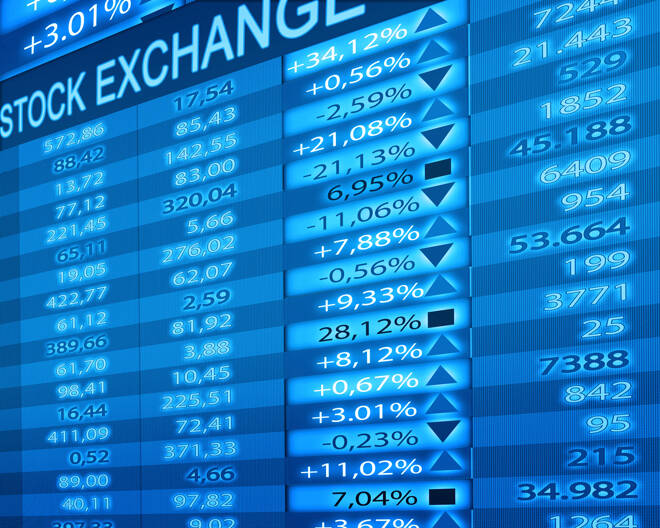Advertisement
Advertisement
Coffee Hits Decade High on Tightening Supply Outlook
By:
The March Arabica Coffee future trades at a fresh decade high above $2.50 per pound, and following a half-decade of sideways trading, the price has almost doubled this year.
Arabica Coffee futures trade at a fresh decade high above $2.50 per pound, and following a half-decade of sideways trading, the price has almost doubled this year after the worst drought and frost period in decades have decimated the Brazilian crop. Tight market conditions has seen the market return to backwardation for the first time in years, and following a five-year period where a negative roll yield rewarded short sellers, the sharp turnaround towards tighter market conditions is now once again supporting long positions.
Coffee’s ability to withstand last week’s wide-sweeping omicron-led weakness, which caused a (temporary) negative shift in global risk sentiment, shows how this market increasingly has been supported by ongoing supply issues in several of the major Arabica-producing nations.
The March Arabica Coffee future trades at a fresh decade high above $2.50 per pound, and following a half-decade of sideways trading, the price has almost doubled this year after the worst drought and frost period in decades have decimated the Brazilian crop, not only in 2021 but potentially also for at least two more seasons.
Above $2.56 per pound, the next major level in the Arabica coffee future will be the 2011 highs at $2.90 per pound and the followed by the 24-year high at $3.09 per pound.
Following one of the worst crop years caused by adverse weather developments in Brazil, a shortage of shipping containers has further obstructed coffee exports thereby tightening supplies at roasters in Europe and the US. Brazil’s November coffee exports at 2.918 million bags each containing 60 kilos trailed the five-year average by 8% while over in Columbia, the world’s second largest shipper, coffee exports fell 11% to 1.132 million bags. Tightening supply and supply chain issues has reduce coffee stocks at ICE exchange monitored warehouses to 1.6 million bags, or 11% below the five year average.
While these numbers alone do not warrant a near doubling of the price of Arabica coffee this year, it’s the prospect for even tighter markets during the next couple of years that continue to attract a lot of nervous attention. The frost damage to trees earlier this year has in some areas led to replanting while other farmers have switched crops.
The below charts shows some to the latest developments supporting the market.
The futures forward curves in commodities often tells an even greater story than what you find from just watching action in the near futures month. A half decade of oversupply between 2015 and 2020 created a period where buyers constantly lost money.
During this time, price spikes were always followed by sharp reversals, with a major driver being the shape of the forward curve. An oversupplied market is categorized by an upward sloping forward curve, where the cheapest price is found at or near the spot price. Rolling a long position basically meant traders were constantly selling at a lower expiring price than where the next month was trading.
Between 2015 and 2020 the spread in percent between spot and the one-year forward price was averaging around ten percent. This so-called negative carry occurs when the market is oversupplied, thereby trading in a structure called contango. For a number of years coffee had the highest contango and as such was one of the most favorite short trades among all commodities by financial investors.
The tightening market conditions this year has seen the one-year roll yield return to positive or backwardation, so for the first time 2011 an investor is now being rewarded a positive carry for holding a long position in the futures market.
This development is being reflected in the managed money position with the net long position having reaching a 5-1/2 year high in the week to November 30. With the futures market being a zero sum game in terms of position, for each long there has to be a short. The bulk of that short position is being held by producers and merchants, and as the price rally, these mostly physical coffee oriented operators need to put up more funds to maintain their increasingly costly short position.
Archer Consulting in Sao Paulo in a recent report, estimated the margin calls on holding a position in the New York futures market have cost traders about $13.4 billion in the past five months alone, potentially forcing some to buy back their short position, thereby adding further upward pressure to the price.
In today’s podcast we discussed some of these mentioned developments, and why the forward curve can be an important guide.
This article is provided by Saxo Capital Markets (Australia) Pty. Ltd, part of Saxo Bank Group through RSS feeds on FX Empire
About the Author
Ole Hansencontributor
Ole Hansen joined Saxo Bank in 2008 and has been Head of Commodity Strategy since 2010.
Advertisement
